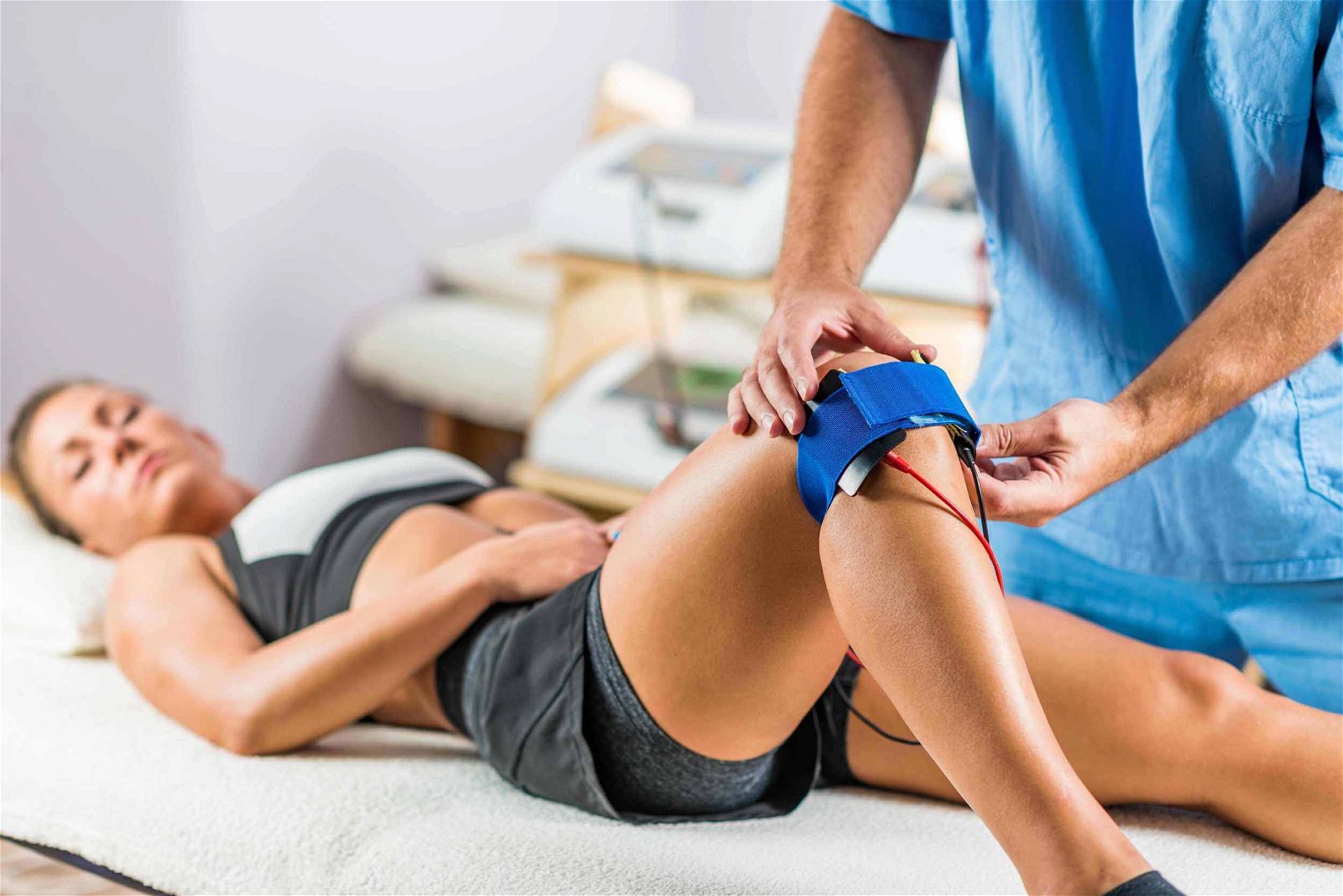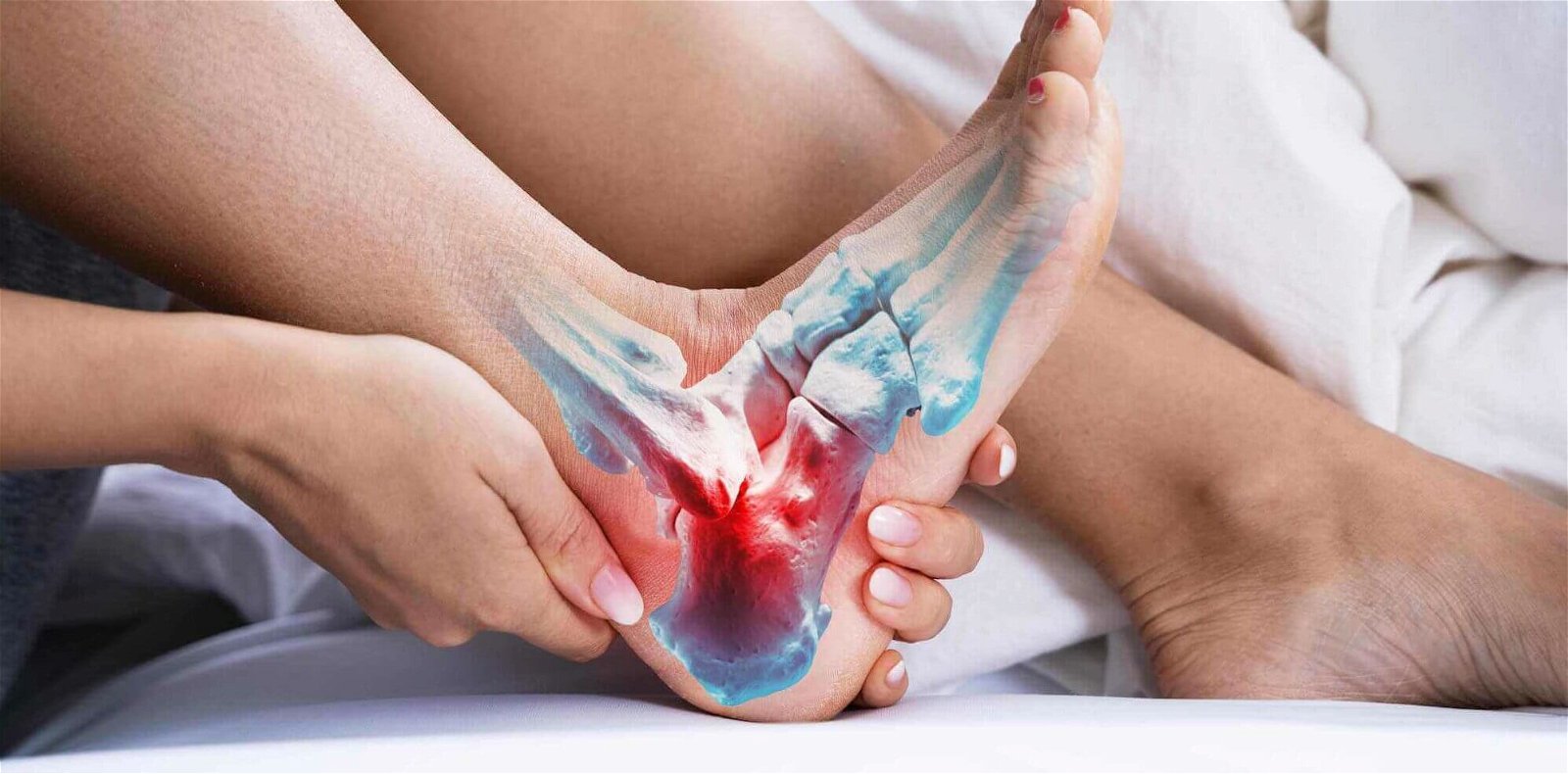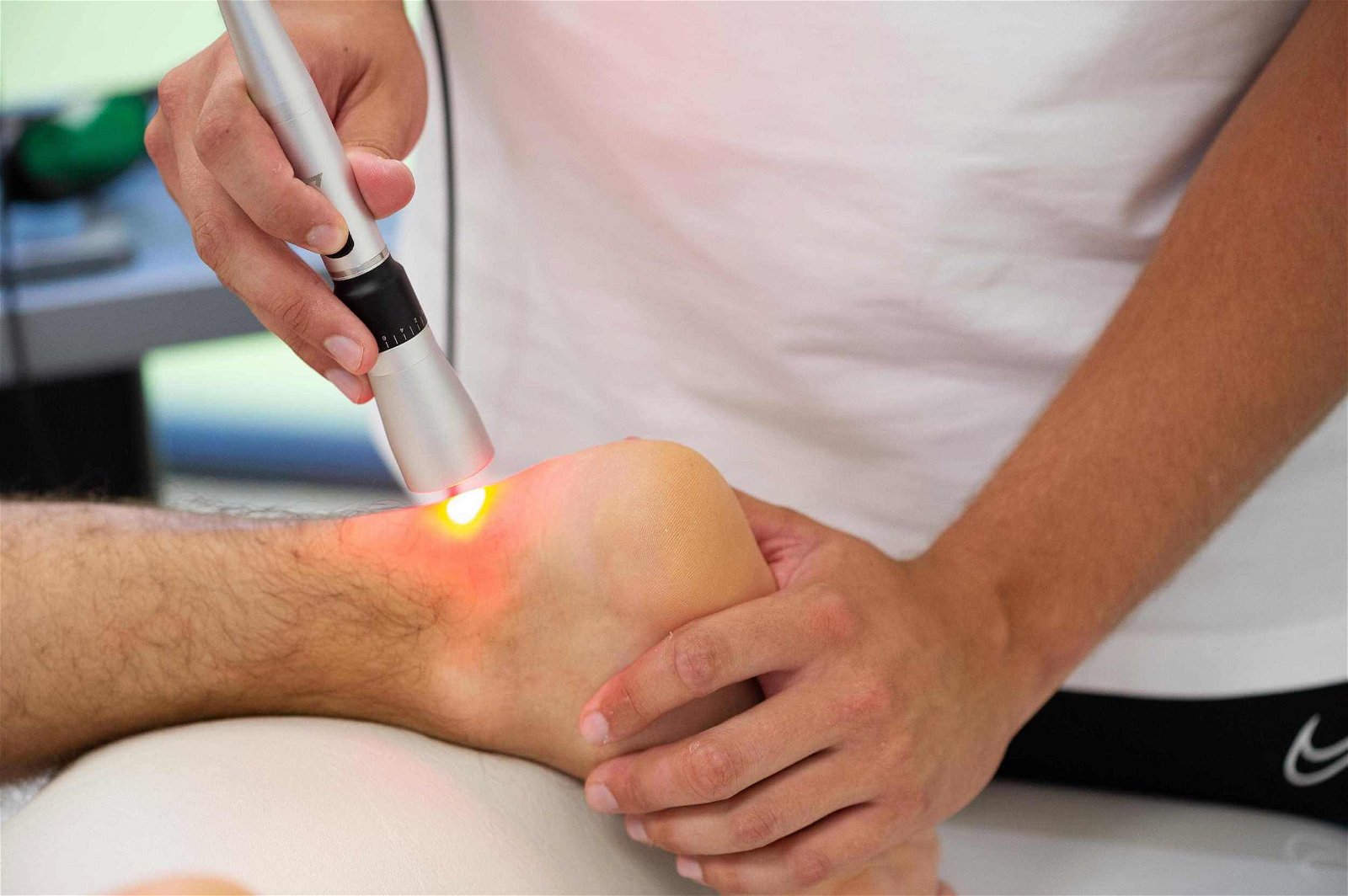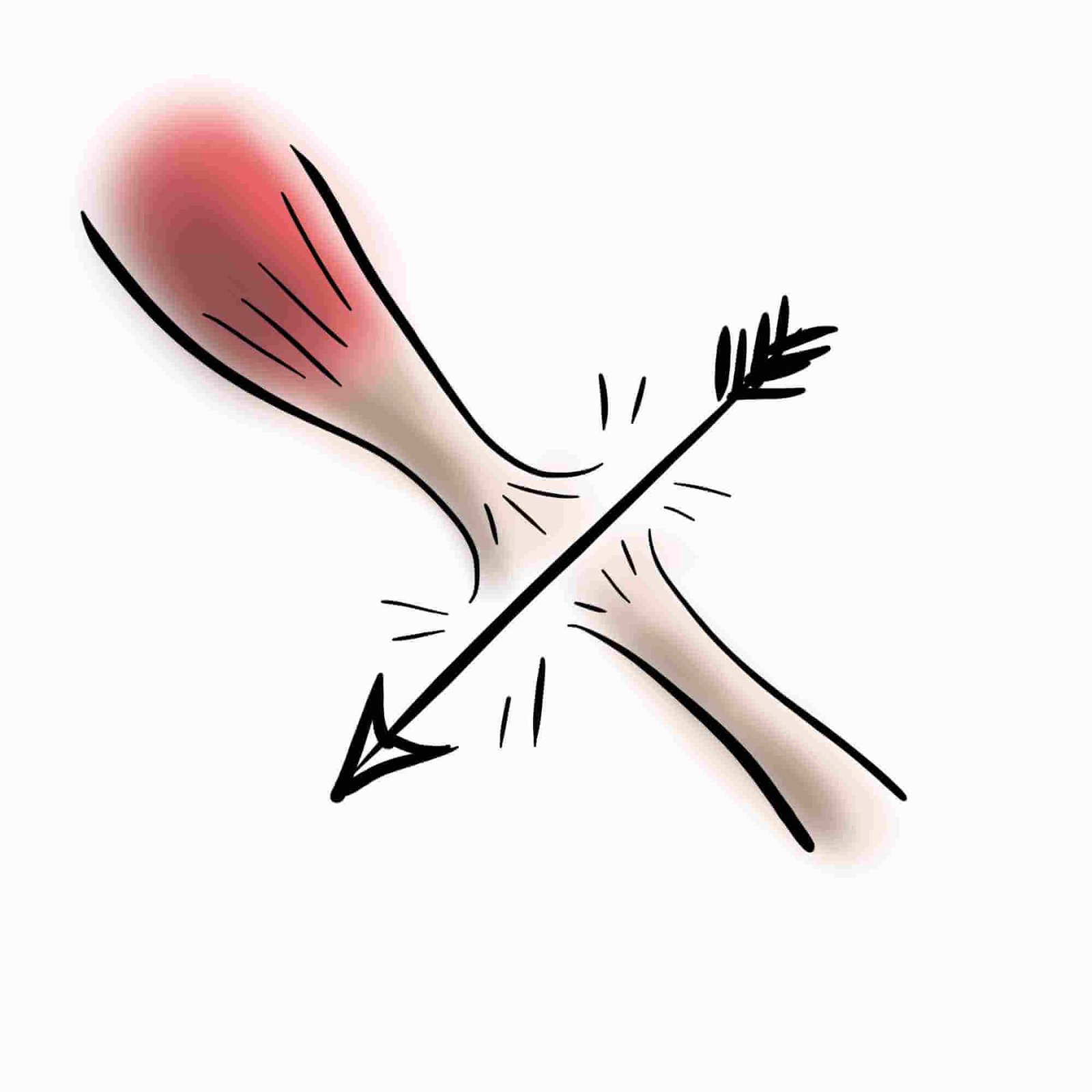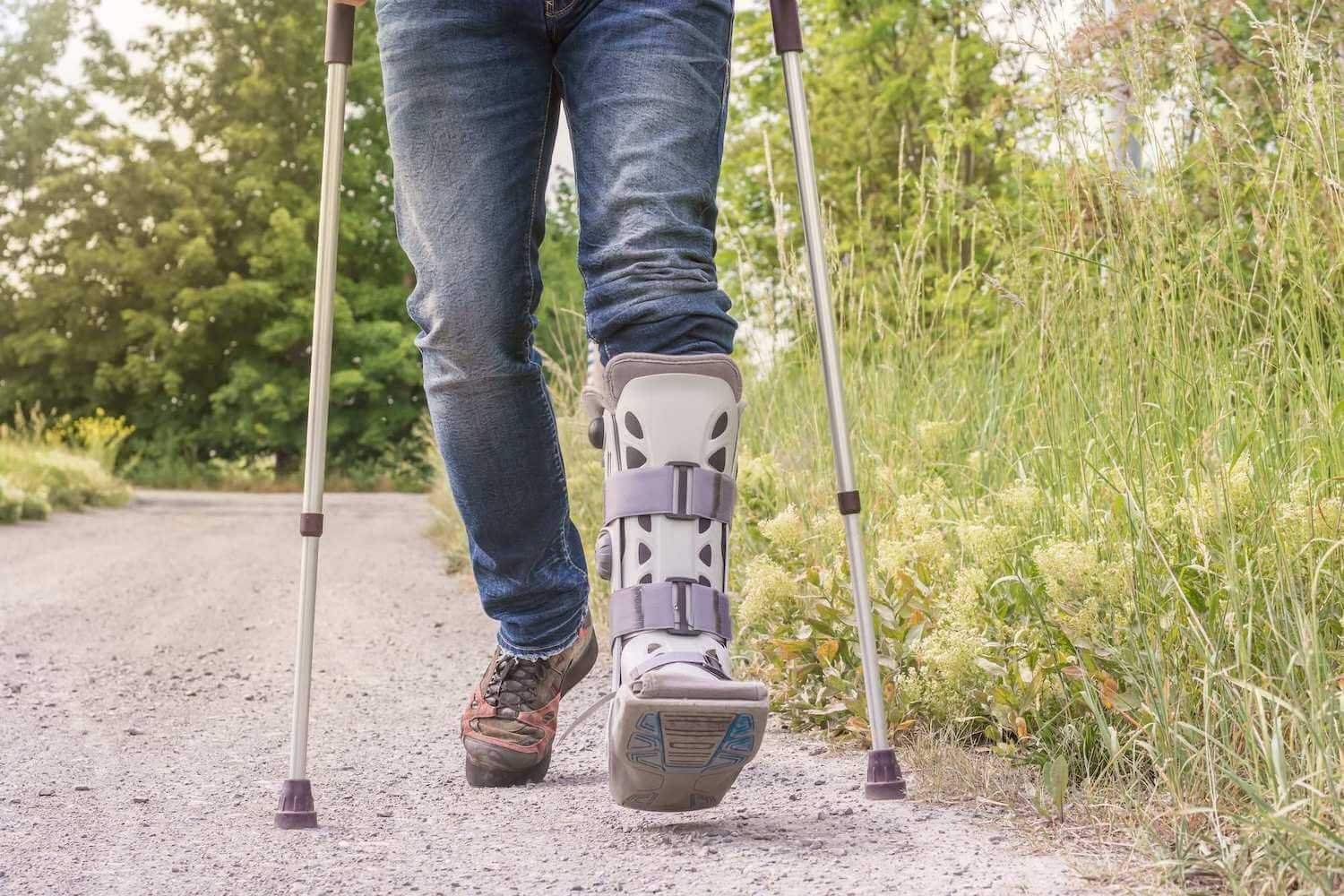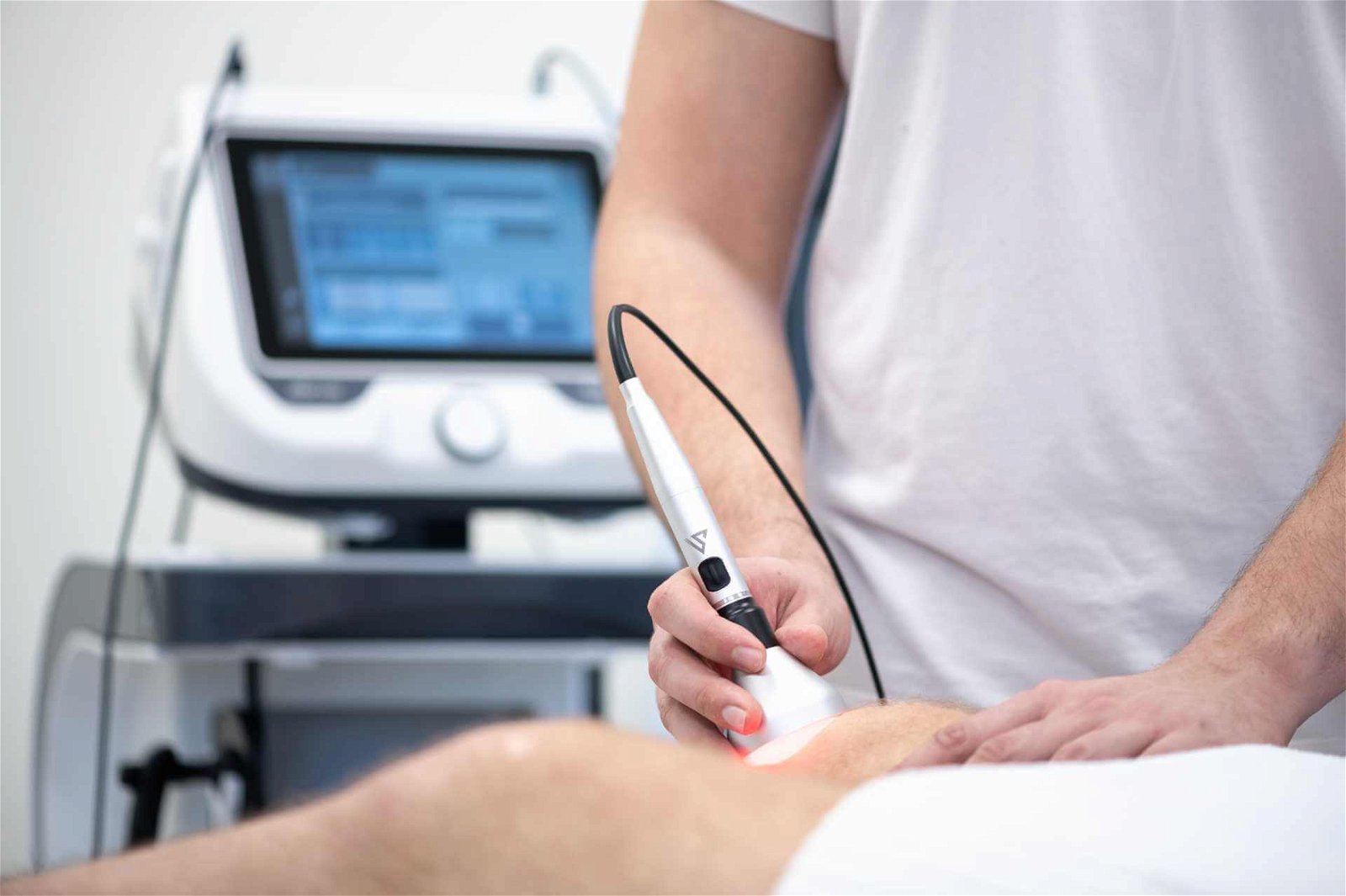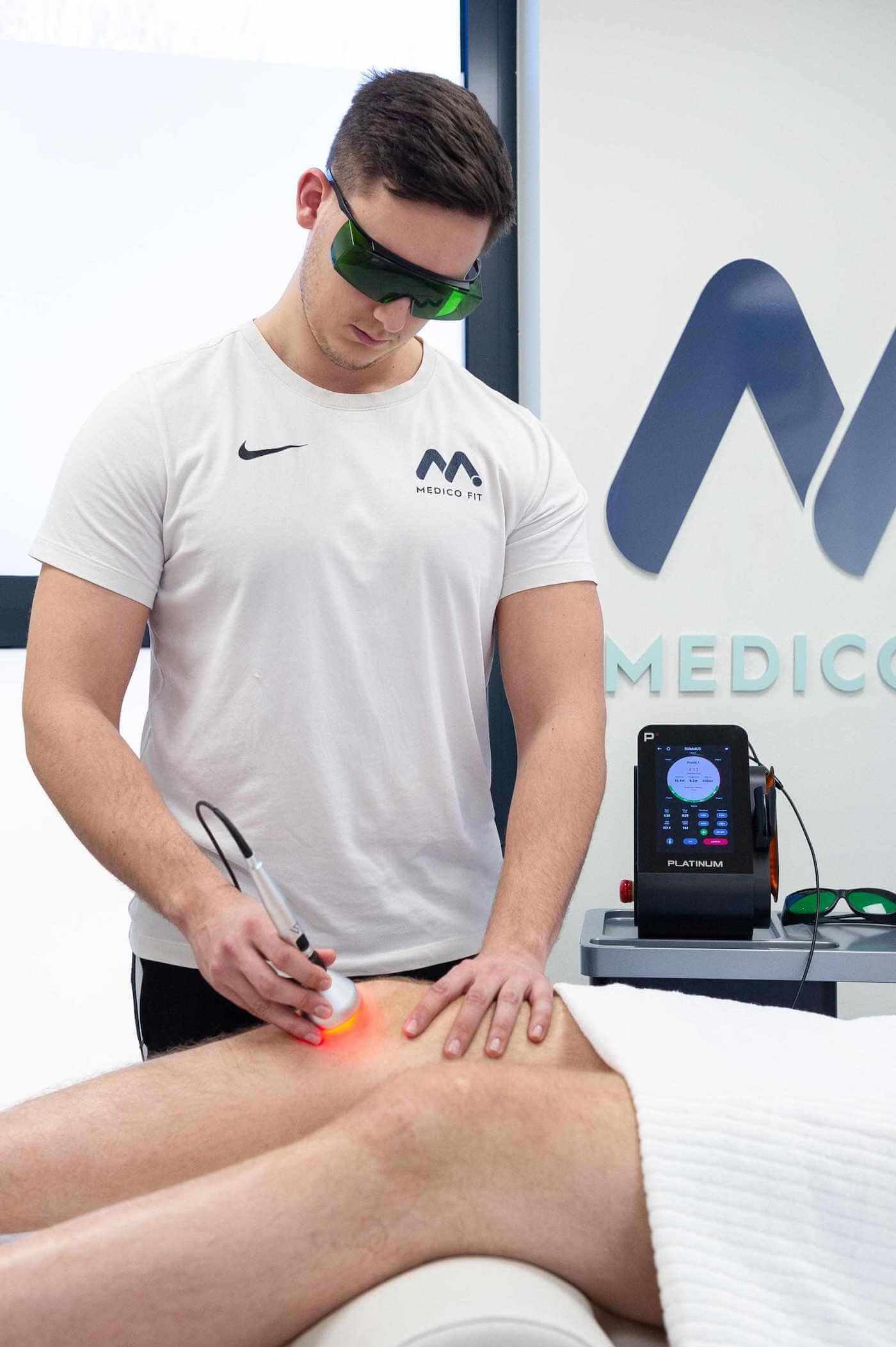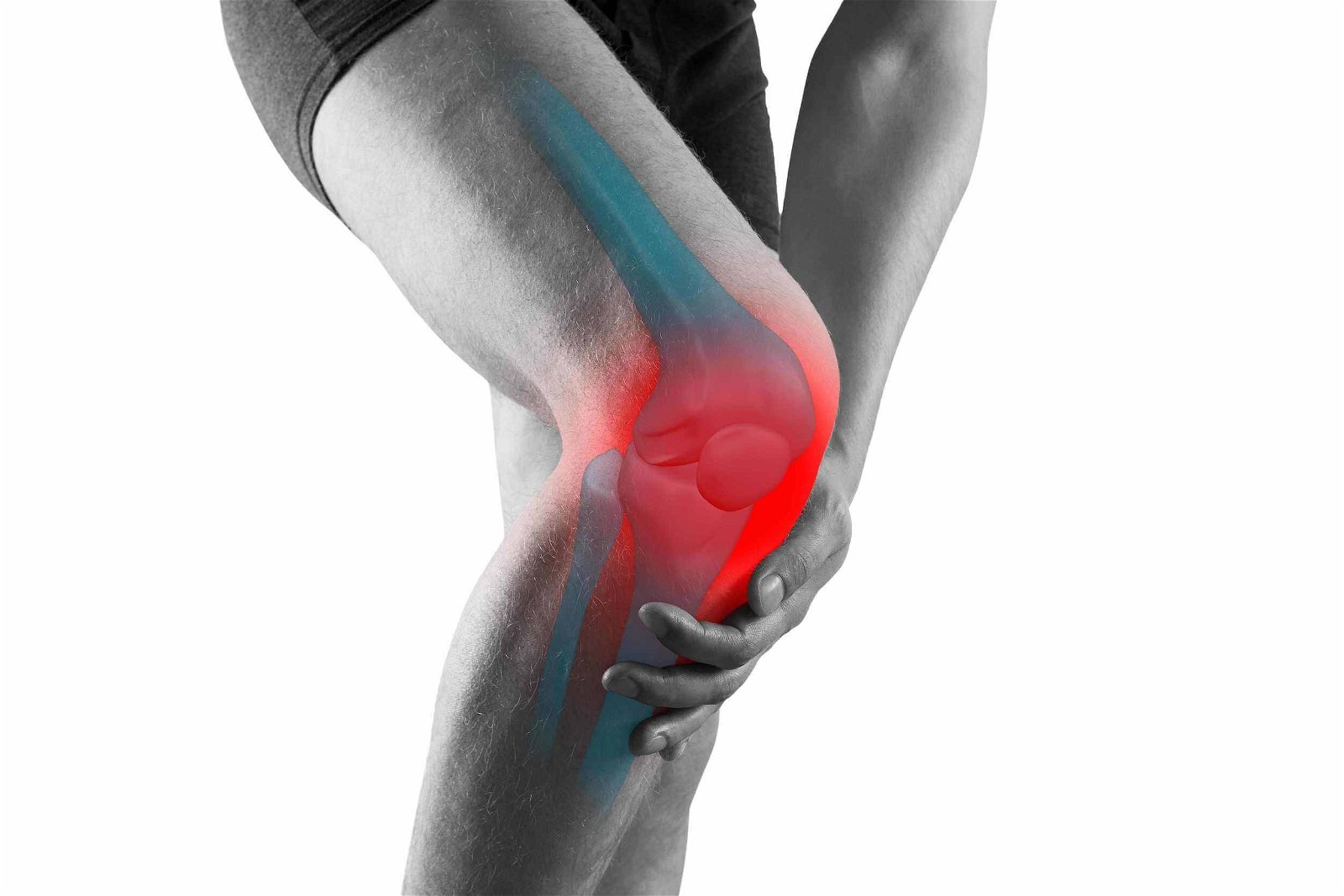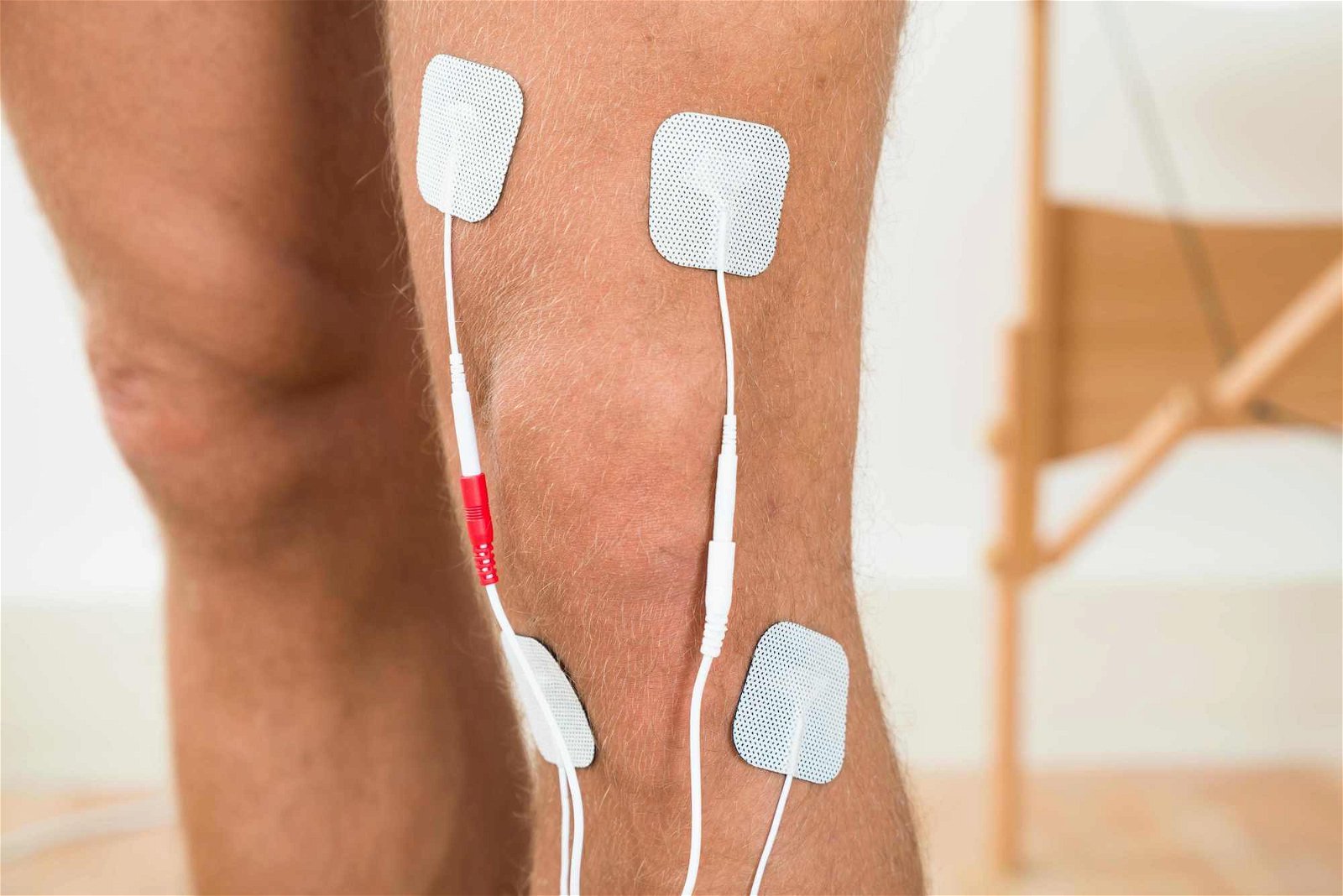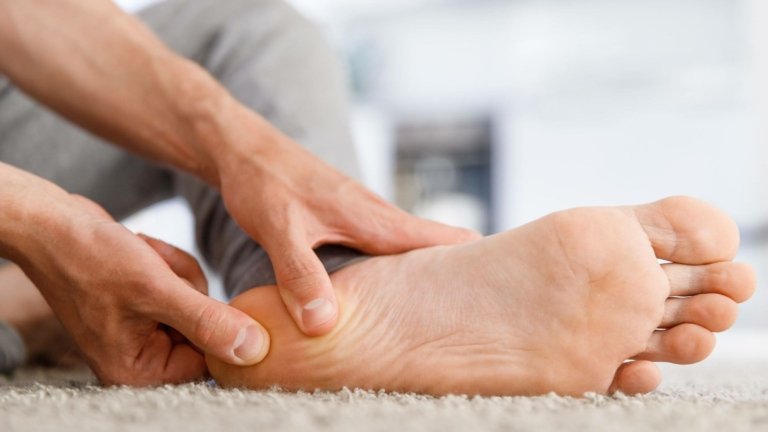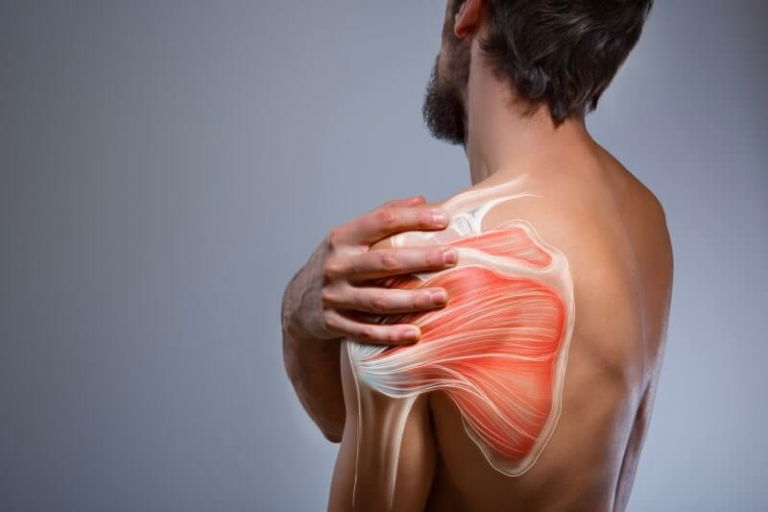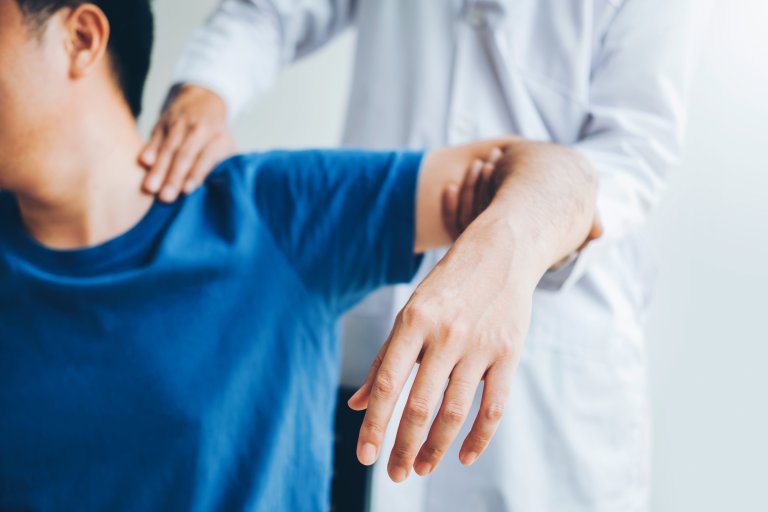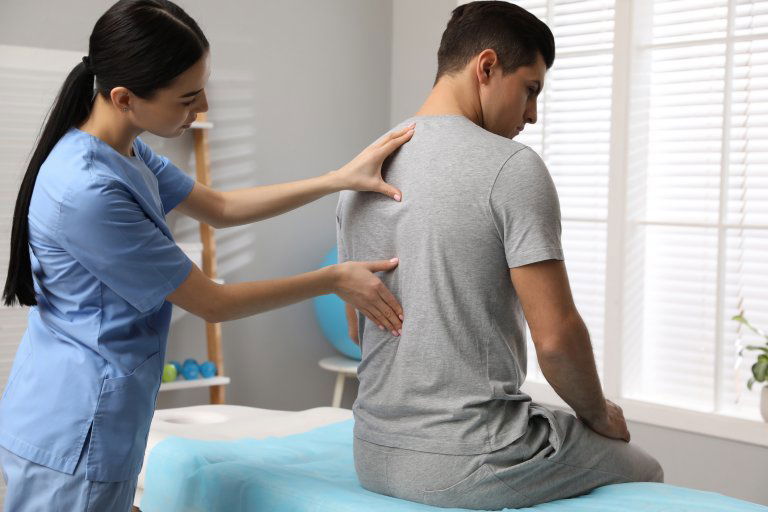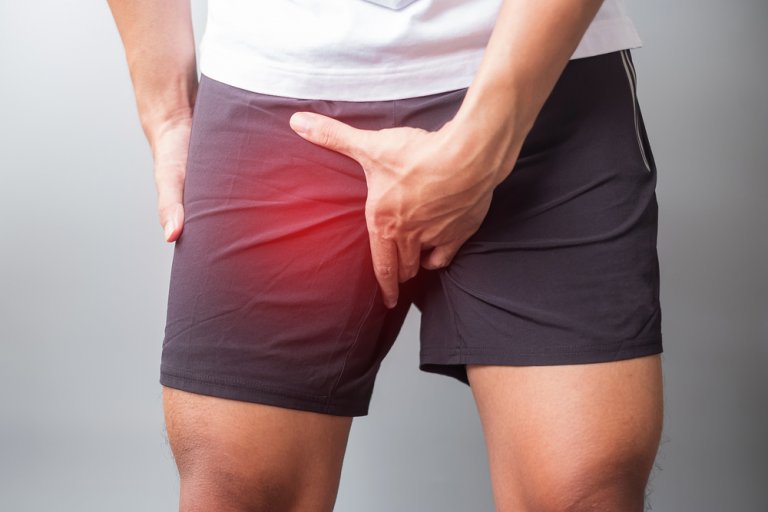Muscle injuries are most prevalent in sports and everyday life, have a high rate of recurrence, and are often not adequately treated. Approximately a third of all sports injuries are muscle tissue injuries.
Muscle injuries can be either contact injuries (impact, collision) or non-contact injuries (acute or chronic overuse, insufficient warm-up, poorly treated past injuries). A complete rupture of muscle or torn muscle is classified as grade 3 on the three-level muscle fibre damage assessment scale, which is characterised by severe pain, a haematoma that may be present in the muscle or on its surface, and complete muscle dysfunction with inability to activate or contract the affected muscle group.
A complete rupture of muscle most often occurs after intense exercise combined with a cold, unwarmed muscle group, after a poorly treated previous muscle tear or rupture, high muscle fatigue, or a contact injury where the muscle is physically deformed due to an external cause (cuts, strong blows, traffic accidents).
A muscle group tear can be diagnosed by manual inspection of the tissue, as it involves an outwardly visible deformation of an otherwise normal muscle shape and a larger haematoma on the surface. In any case, MRI and ultrasound scans are recommended to accurately assess the extent of muscle fibre damage and the location of the rupture, as tissue deformation and haematoma often make it difficult to accurately determine the site of the injury.
After a muscle rupture, it is important to immediately stop the sports activities and immobilise the area where the rupture occurred.
Muscle rupture involves tearing of muscle fibres, intense inflammation, and resorption of bleeding. Muscle fibre tears have a high self-healing potential, which is divided into regeneration with new muscle fibres and the formation of scar tissue (granulation tissue).
The goal of surgical treatment of a ruptured muscle group is to minimise the formation of scar tissue, minimise structural deformation of the muscle, and restore full function to the affected muscle group.
In the first 24 hours after a muscle rupture, it is important to reduce the formation of haematoma, prevent additional microinjuries to the muscle, and normalise the patient’s pain. The injured extremity is elevated off the ground and immobilised – in the case of a complete muscle rupture, it is important to immobilise the two adjacent joints. The damaged muscle is wrapped with an elastic bandage over the entire surface, and cooling is applied to the site of the rupture.
Until surgery is performed, warm compresses are applied at night, over which we place an additional protective elastic bandage. Instrumental physiotherapy, especially therapeutic laser, is recommended in the period leading up to surgery.
For successful postoperative healing of the injury, preoperative physiotherapy care is essential. The entire rehabilitation of a complete muscle rupture with surgical treatment lasts between seven and nine months, and up to 12 months in the case of a rupture of a larger muscle group.
After surgical treatment, combined outpatient physiotherapy with a controlled transition to therapeutic training is required. It is important that the muscle regains full function and strength before applying greater sports loads. For athletes, it is mandatory to perform a sport-specific return-to-sport phase of rehabilitation, in which an intensive training programme is carried out, which prepares the injured muscle for the specific loads of the trained sport.






